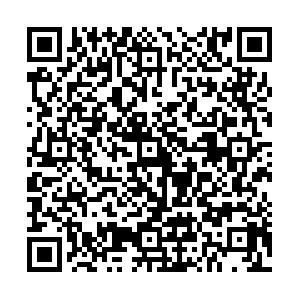摘要:
了解北京、湖南、宁夏三地儿童青少年甜饮料摄入的现状及其影响因素,为指导青少年养成健康的饮食习惯提供参考.方法 采用横断面调查设计,于2012年9月至2013年1月,在北京、湖南、宁夏三地通过方便样本整群抽取21所中小学校4 087名10~18岁儿童青少年作为调查对象.通过膳食问卷进行甜饮料饮用行为调查,收集社会人口学特征和甜饮料摄入情况.结果 共纳入有效调查对象3 796名,人均甜饮料摄入(7.1±10.3)杯/周(每杯250 mL);每周饮用甜饮料的对象有3 040名,其人均甜饮料摄入为(8.9±10.8)杯/周.儿童青少年摄入更多甜饮料的独立危险因素(R2=0.262)包括:男生(β=-0.079,95%CI=-0.114~-0.045)、每日视屏时间长(β=0.131,95%CI=0.096~0.165)、家中甜饮料储备多(β=0.218,95%CI=0.183~0.253)、家庭社会经济学得分高(β=0.164,95%CI=0.126~0.203)、不正确的甜饮料饮用观念(β=-0.190,95%CI=-0.225~-0.155)、缺乏健康意识(β=-0.099,95%CI=-0.134~-0.064)以及自我控制力薄弱(β=-0.210,95%CI=-0.244~-0.175).结论 10~ 18岁儿童青少年甜饮料的摄入情况受性别、每日视屏时间、家中甜饮料储备情况、家庭社会经济学得分以及对甜饮料饮用的态度等因素影响.
Abstract:
Objective To examine the correlates of sugar-sweetened beverage (SSB) consumption in Chinese schoolchildren.Methods A cross-sectional study on the SSB consumption and its determinants was carried out among 4 087 10-18-year-old Chinese schoolchildren from Sep.2012 to Jan.2013.Participants were recruited through stratified cluster sampling from 21 primary and middle schools of Beijing,Hunan and Ningxia as representative samples of the eastern,central and western China.A structured self-administered questionnaire was used for collecting information on demographic,SSB consumption as well as gender,age,residential region,weight status (non-obese and overweight or obese),parents' education,family social economic status (SES),family SSB availability,daily screen viewing time and attitude towards SSB.All the determinants were taken into consideration according to the Social-ecology theory and Theory of Planned Behavior (TPB).Multiple linear regression analyses were used for examining the independent association.Results Data of the 4 165 participants aged 12.9±2.3 years old were used for analysis.The weekly SSB consumption was 7.1±10.3 cups (250 mL/cup) per capita (the average of the total sample including non-drinkers) and 8.9±10.8cups per consumer (who consumes more than 0 ml of SSB per week),respectively.Boys [β =-0.079,95% CI =(-0.114,-0.045)],longer daily screen time [β=0.131,95%CI=(0.096,0.165)],easier access to SSB at home [β=0.218,95%CI=(0.183,0.253)],higher SES score [β =0.164,95%CI =(0.126,0.203)],negative attitude towards SSB consumption [β =-0.190,95%CI=(-0.225,-0.155)],lack of health consciousness [β=-0.099,95%CI=(-0.134,-0.064)] and low self-control [β=-0.210,95%CI=(-0.244,-0.175)] contributed to more SSB consumption (R2 =0.262).Conclusion Being boys,longer daily screen time,higher SES,negative attitudes towards SSB consumption and easier access to SSB at home associate with more SSB consumption in Chinese schoolchildren.

 点击查看大图
点击查看大图





 下载:
下载: